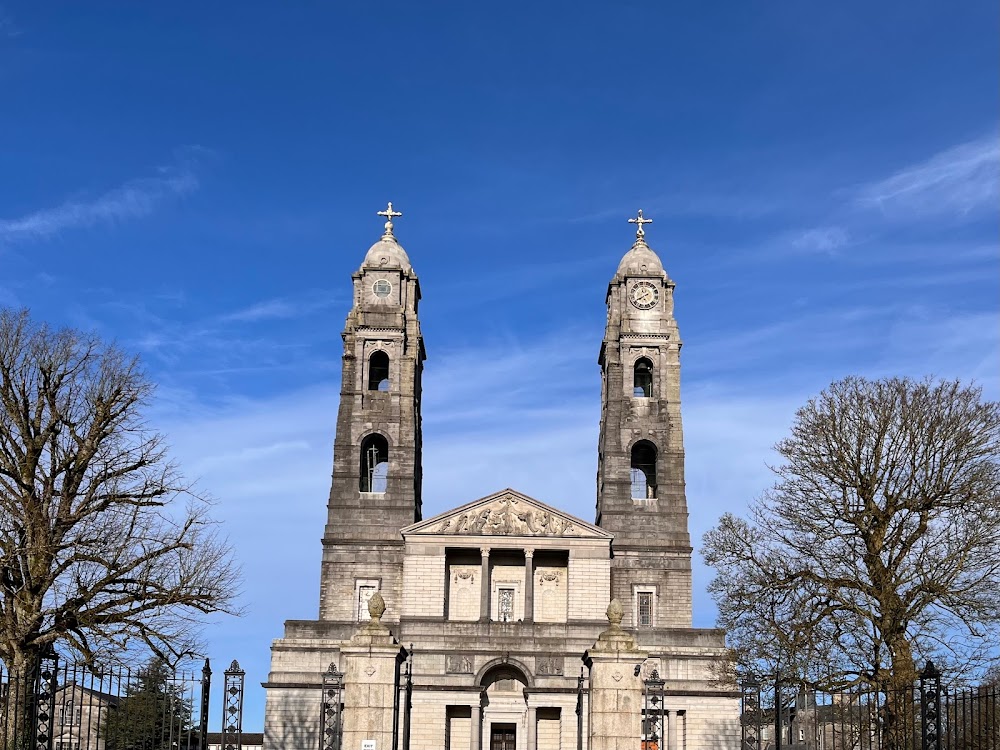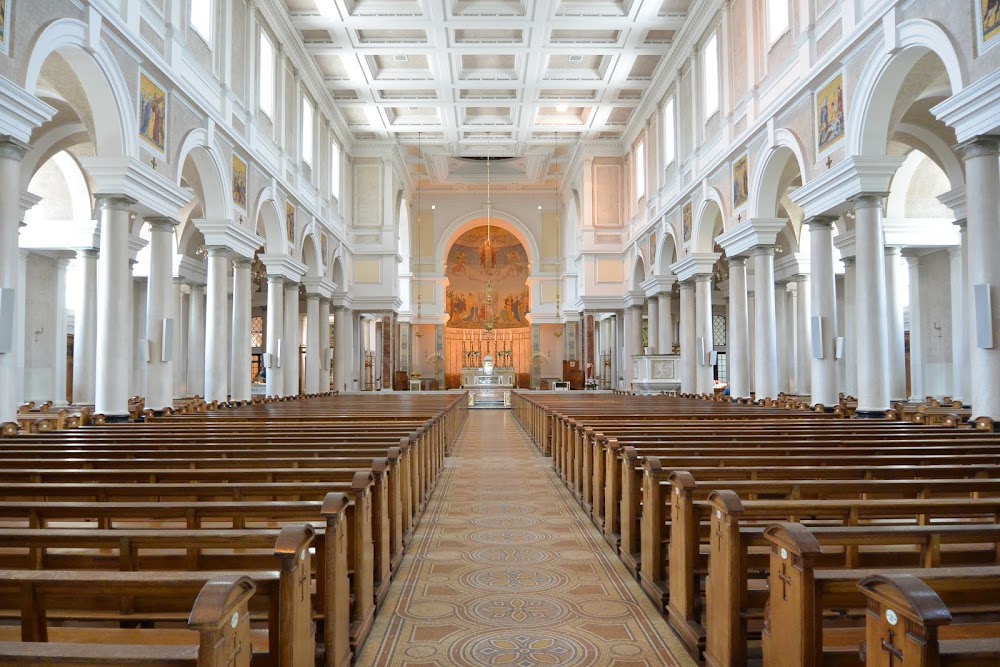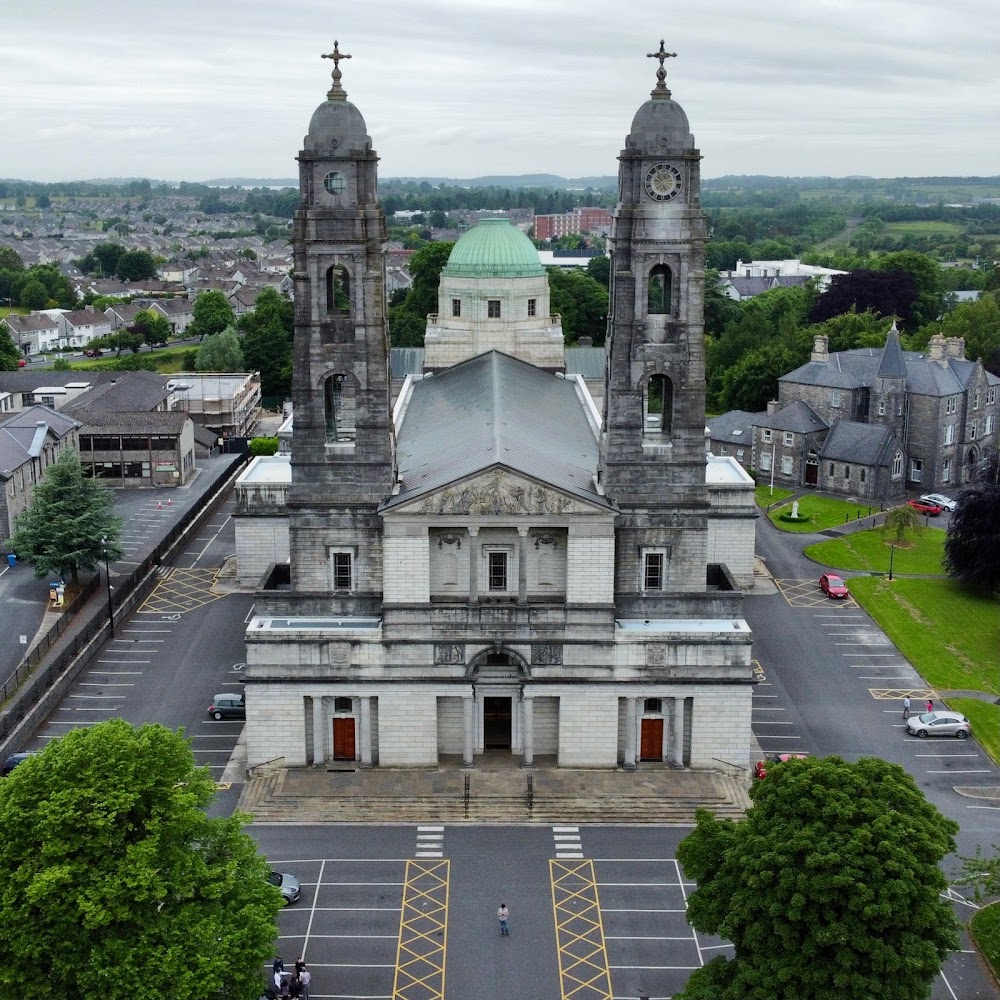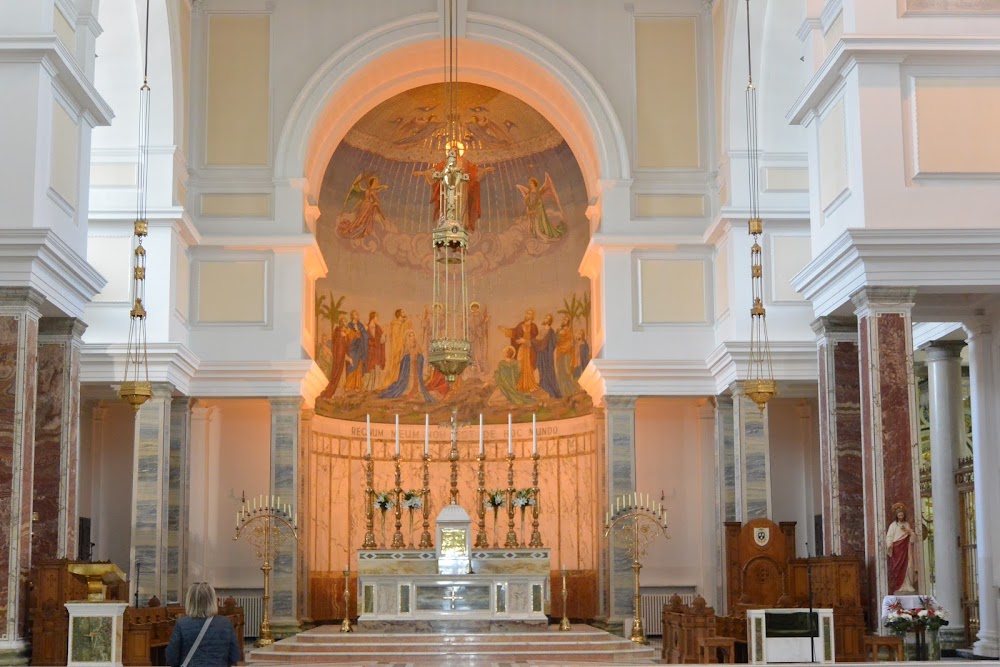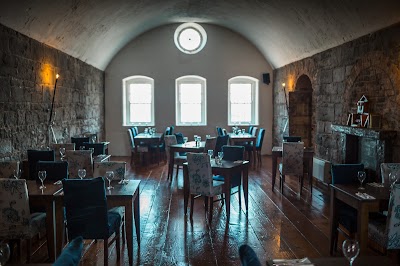Mullingar Cathedral (Ard-Eaglais an Mhuilinn gCearr)
Overview
The Cathedral of Christ the King, located in Mullingar, County Westmeath, Ireland, is a stunning example of early 20th-century ecclesiastical architecture. This majestic structure stands as a tribute to the dedication and craftsmanship of its builders, reflecting the community's growing spiritual needs due to an expanding population. The decision to construct a new cathedral was made to provide a larger space for worship and connection among the locals.
Construction commenced in 1933, under the expert guidance of renowned architect Ralph Byrne, who was selected for his impressive design skills and experience with grand religious structures. Byrne envisioned a harmonious blend of classical architectural styles, infused with elements that resonated with the local community, creating a sacred space that felt both timeless and relevant.
The foundation stone was laid on August 6, 1933, in a momentous ceremony attended by a host of locals and dignitaries. The primary building material, locally sourced limestone, gives the cathedral its distinctive appearance, ensuring not just durability but also a sense of monumental solidity and permanence that has withstood the test of time.
One of the most striking aspects of the Cathedral of Christ the King is its façade, featuring an imposing portico supported by six Corinthian columns. This grand entrance warmly welcomes all visitors, symbolizing the church's embrace of the community and its role as a spiritual refuge.
Inside, the cathedral reveals an impressive interior that marries traditional and modern design elements. The spacious nave is flooded with natural light through large stained-glass windows, each depicting various biblical scenes and saints, offering a colorful tapestry that enriches the spiritual experience for worshippers.
The intricate plasterwork adorning the ceiling of the nave showcases the craftsmanship of talented artisans. Beautifully crafted woodwork can be found in the pews and other furnishings, much of which was handmade by local carpenters and craftsmen, adding to the cathedral's unique character.
Another highlight is the sanctuary, home to a magnificent high altar made of marble, set against a backdrop of a large golden mosaic depicting Christ the King. This stunning mosaic, completed by Italian artisans, brings an international flair to the Irish cathedral, serving as a focal point of reverence.
The cathedral is also proud to house one of the finest organs in Ireland, built by Fr. Willis and Sons. Meticulously maintained, this organ continues to enrich services and special events with its rich, resonant sound that fills the expansive interior.
Visible from various points around Mullingar, the bell tower features a set of bells that ring out across the town, marking the passage of time and calling the faithful to prayer. These bells, cast in England, were installed with precision, ensuring a perfect tone that resonates beautifully throughout the community.
The Cathedral of Christ the King was officially opened and consecrated on August 6, 1936, exactly three years after the foundation stone was laid. The grand opening ceremony was attended by clergy from across Ireland and thousands of parishioners, marking a day of immense pride and celebration for the community, symbolizing their collective faith and dedication.
Over the years, the cathedral has undergone various renovations to preserve its beauty and functionality. Modern amenities have been sensitively integrated, ensuring that the building meets contemporary needs while respecting its historic integrity.
Today, the Cathedral of Christ the King stands as more than just a place of worship; it is a cultural and community landmark in Mullingar. It continues to inspire and serve as a testament to the architectural and artistic achievements of early 20th-century Ireland, inviting visitors and locals alike to experience its beauty and spiritual significance.


